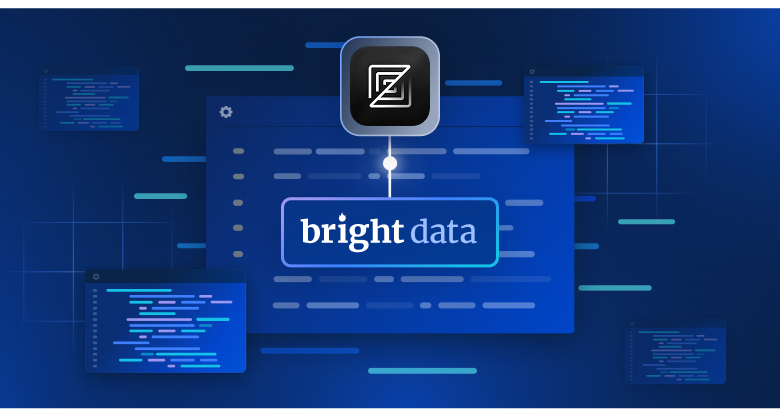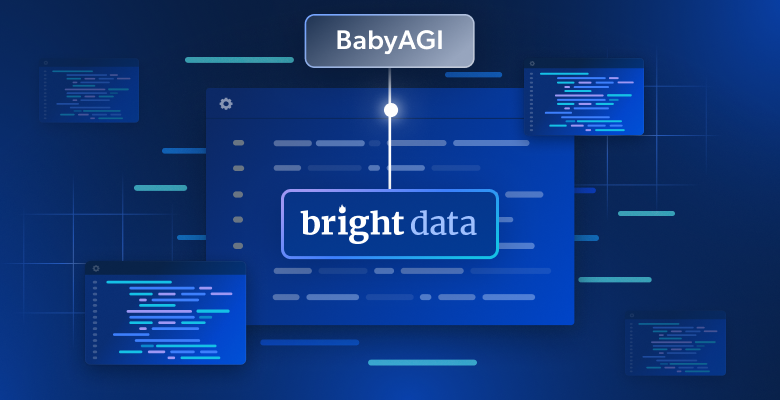In this article we will discuss:
- Major industry changes
- Cosmetics data in action
- Beauty industry data collection and analytics use cases
Major industry changes
The makeup industry is undergoing many changes, chiefly driven by:
- smaller brands entering the market
- influencers becoming a dominant voice within beauty circles
- as well as customization becoming a pivotal factor for consumers.
To understand these changes we can examine a relatively new player in the industry, Black Opal, a company that caters to a diverse range of ethnic skin tones varying on the black to brown palette range. Founded in 2018, they already have an estimated annual revenue of $15 million and growing. Black Opal is a prime example of new cosmetics ‘startups’ that better understand beauty consumer’s desire for more personalized products. They are delivering the goods, and grabbing market share from larger brand names who are increasingly relying on data to stay relevant.
Cosmetics data in action
In the context of this competitive and evolving industry, data is becoming a powerful tool for companies who want to stay in touch with consumer and market trends. Here are a few ways in which datasets are being put to work in the industry:
- Companies are collecting product pricing in real-time in order to be able to apply dynamic strategies that allow them to offer competitive deals to value shoppers or tailored pricing for certain demographics, especially in emerging markets where price can be a deciding factor for cash-strapped consumers
- Millennial shoppers are increasingly interested in product ingredients as well as knowing that items are not being tested on animals. These datasets fall into the ESG category and can be very important in order to sell to environmentally conscious consumers. They may come in the form of search queries such as ‘non animal tested foundation’, or by collecting review data on eCommerce sites or posts in discussion forums like Reddit
- Additionally, collecting and analyzing beauty influencer posts on social media, for example, is proving to be a powerful tool for companies to understand what consumers are engaging with. This can help inform marketing campaigns, influencer collaborations as well as product packaging design.
Study highlights new search engine trend opportunities
A new analysis of consumer search trends in the cosmetics, and beauty space, shows that around 60% of the top search results on search engines for queries pertaining to beauty products are for content outlets that do not retail products. Out of nearly 10 million monthly searches in the US analyzed on Google, for products such as anti-aging creams or moisturizers, only about 3 results out of 10 lead to a beauty retailer. The rest lead to health/beauty studies, articles, Do It Yourself (DIY) videos, and other informational content.
Just by collecting search trend data of this nature, companies can identify real-time market gaps, and opportunities. Using this as an example, a company in the skincare industry may want to consider creating a content strategy to target organic traffic of this nature. By filtering for geographic location, and specific product interest, companies can identify both short, and long-tail keywords which they can use to create blog posts, beauty videos, and social posts (either branded or published by an influencer) in order to drive high intention traffic, build digital communities, and increase sales.
Beauty industry data collection and analytics use cases
Let’s take a closer look at how companies are implementing data within the context of business strategy and decision-making:
The Alibaba Group, one of China’s largest conglomerates, has been using data to develop products based on a customer engagement feedback loop. Specifically, in the beauty industry, Cosmetics Asia has reported that one of their subsidiaries, The Tmall Innovation Center (TMIC) is leveraging eCommerce data on Alibaba’s marketplaces in order to get an intimate real-time picture of which beauty products consumers are engaging with. This may include:
- Reviews
- Conversion data for specific products
- Brand popularity mapping
- Analysis of consumer critical mass geolocation
TMIC actually partnered with L’oreal China in order to develop a brand new line of health and beauty products for male consumers based completely on open source eCommerce data. This included everything from product development, to marketing campaigns, and dynamic pricing.
Another example of a company integrating data as part of their business model is Alcheme, a Singaporean startup that asks potential customers to submit a selfie and answer five questions. Their algorithm then proceeds to analyze thousands of images from across social media in order to assess skin tone and current trends. At the end of this process, clients are offered a personalized bouquet of skincare products as well as a customized beauty regime.
The bottom line
Data is helping to shed light on new opportunities in the cosmetic industry. Data-driven customization, as well as social media analysis, will enable big brands to remain relevant to younger audiences and halt market share concessions to cosmetics startups. Going forward beauty brands will increasingly leverage user-generated datasets in order to identify new target audiences for whom they can develop new product lines. Some good examples of this include the above-mentioned products geared towards Chinese men. It may also include other demographics such as people over 60 dealing with confronting beauty challenges as they age or products for children with illnesses or deformities who want to look their best.
The takeaway here is that in an industry that is constantly evolving and shifting, utilizing data to understand customers, and compete with market disruptors is crucial.





